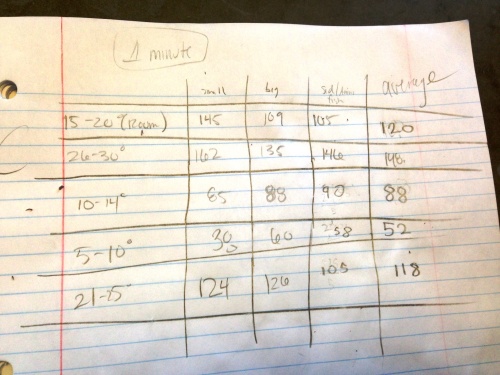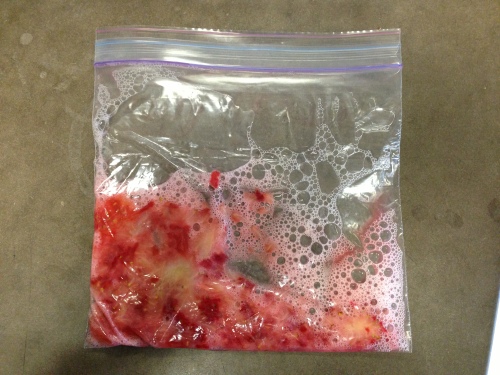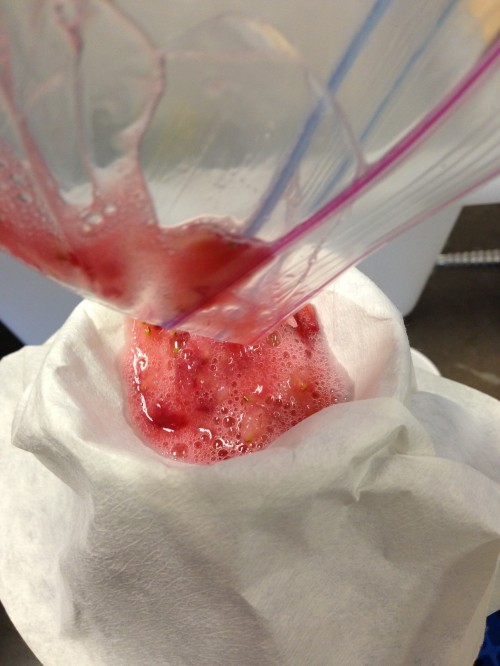On October 11, 2014, I attended the Breath of Life Walk at West Valley College in Saratoga, CA. The Breath of Life Walk, organized by Breathe California of the Bay Area, is an event leading the fight against lung disease and for lung health through advocating for changes such as “tobacco-free communities, achieving healthy air quality, and fighting lung diseases such as asthma and tuberculosis” and further research research and assistance of people with lung disease. At the event, volunteer organizers promoted clean energy alternatives to everyday things, such as electric buses for school students, more use of electric vehicles by regular people, and clean air programs such as Clean Air Awards and Home Risk Assessments.
At the event, I, along with a few other Bellarmine students and numerous other adults and children, participated in the Breath of Life Walk, a 5 km (3.1 miles) walk around and through the West Valley College campus. After the walk, I participated in a raffle led by the organizers, and a silent auction was held as well. Both of these activities following the walk were used to raise money for Breathe California and the continued fight for a cleaner Bay Area. Also, I listened to speakers such as Curtis Martin, who discussed the benefits of clean vehicles that run on alternative energy such as electricity.

Hybrid/Electric Cars from Odyssey Days’ “Clean and Green” Vehicle Display at the Breath of Life Walk Event (click to view in more detail)
The Breath of Life Walk directly benefited the community and the environment because it helped to raise awareness towards lung disease as a major issue and towards pollution as a whole in areas such as cars and buses. One positive impact my activity made on both the environment and to the local Bay Area community was informing people about the ways we can fight these problems with their services such as Lung Health Services and Community Education like school programs that help children learn about these issues early in their lives. Another positive impact was implanting the idea into the minds of many people about using electric vehicles such as the ones on display (seen in the second panorama photo above). This will directly help the local community because it will reduce air pollution as a result of having fewer gasoline cars on the road.
Personally for me, I really enjoyed the Breath of Life Walk. In addition to walking in a beautiful setting, I learned some new information about pollution through Curtis Martin’s speech, pamphlets and fact sheets given out, and throughout the whole event as a whole. All my experiences at this event were positive ones, and I learned a lot of new things. What I got out of this experience most was that there currently are people who suffer from lung disease and other medical problems due to pollution that can be reduced through good energy alternatives. I now have more information and awareness of this issue and feel I can help effect positive change now and in the future through continuing to spread awareness and being more wary of the environment around me.
Sid

















